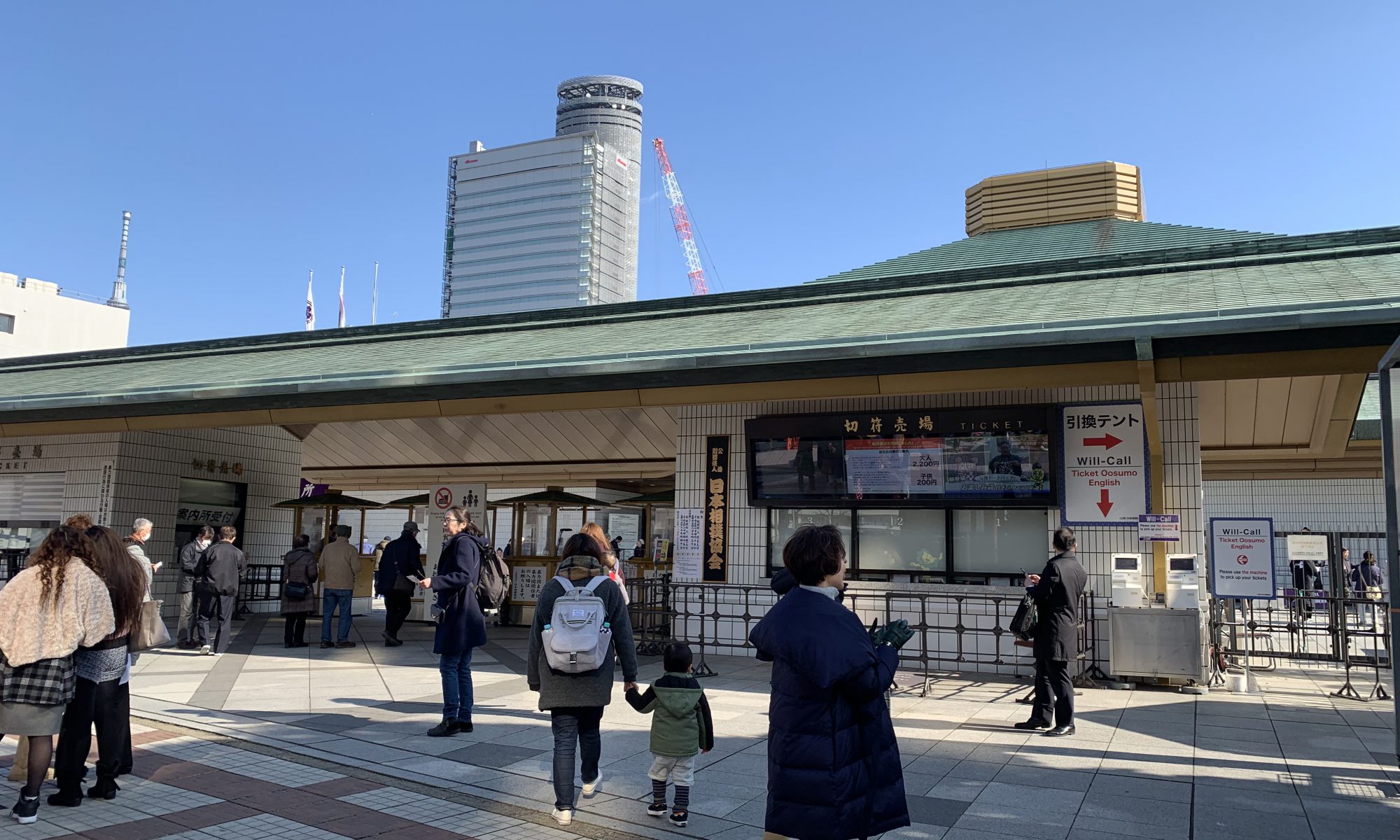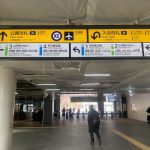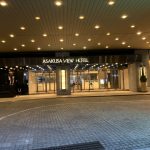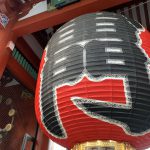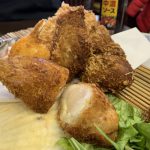Ryogoku Kokugikan is the venue for the main tournament of the Grand Sumo Tournament. The name "Kokugikan" means an arena where the national sport of Japan is performed. There are six Grand Sumo tournaments a year, and the Ryogoku Kokugikan hosts the January, May, and September tournaments.
Grand Sumo Tournament Annual Schedule
| Tournament | Venue | City | Schedule |
| January Tournament | Ryogoku Kokugikan Sumo Arena | Tokyo | The first day of the Tournament is the first or second Sunday in January, and it lasts for 15 days. |
| March Tournament | EDION Arena | Osaka | The first day of the Tournament is the second or third Sunday in March, and it lasts for 15 days. |
| May Tournament | Ryogoku Kokugikan Sumo Arena | Tokyo | The first day of the Tournament is the first or second Sunday in May, and it lasts for 15 days. |
| July Tournament | Dolphins Arena | Nagoya | The first day of the Tournament is the first or second Sunday in July, and it lasts for 15 days. |
| September Tournament | Ryogoku Kokugikan Sumo Arena | Tokyo | The first day of the Tournament is the first or second Sunday in September, and it lasts for 15 days. |
| November Tournament | Fukuoka Kokusai Center | Fukuoka | The first day of the Tournament is the first or second Sunday in November, and it lasts for 15 days. |
Getting to the Sumo Arena
The closest station to the Ryogoku Kokugikan is Ryogoku Station on the JR Sobu Line or the Toei Subway Oedo Line. You can see the Kokugikan from JR Ryogoku Station's platform so that you won't get lost. It is about a five-minute walk from the station.
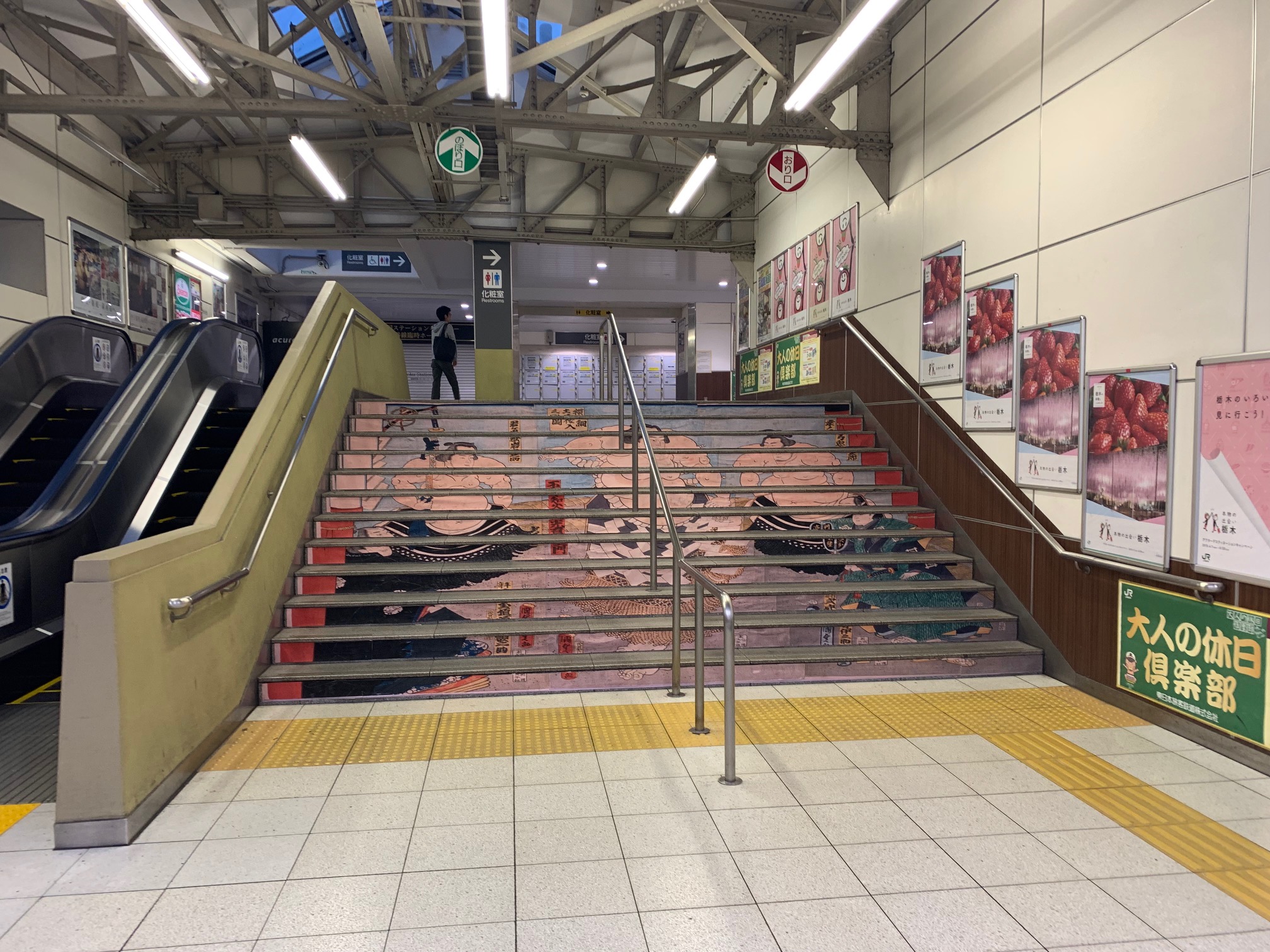
About the Sumo Arena
When walking from Ryogoku Station to the Kokugikan, you will see banners with the sumo wrestler's name along the street. During the Grand Sumo tournament, the area around the Kokugikan has a very festive atmosphere.
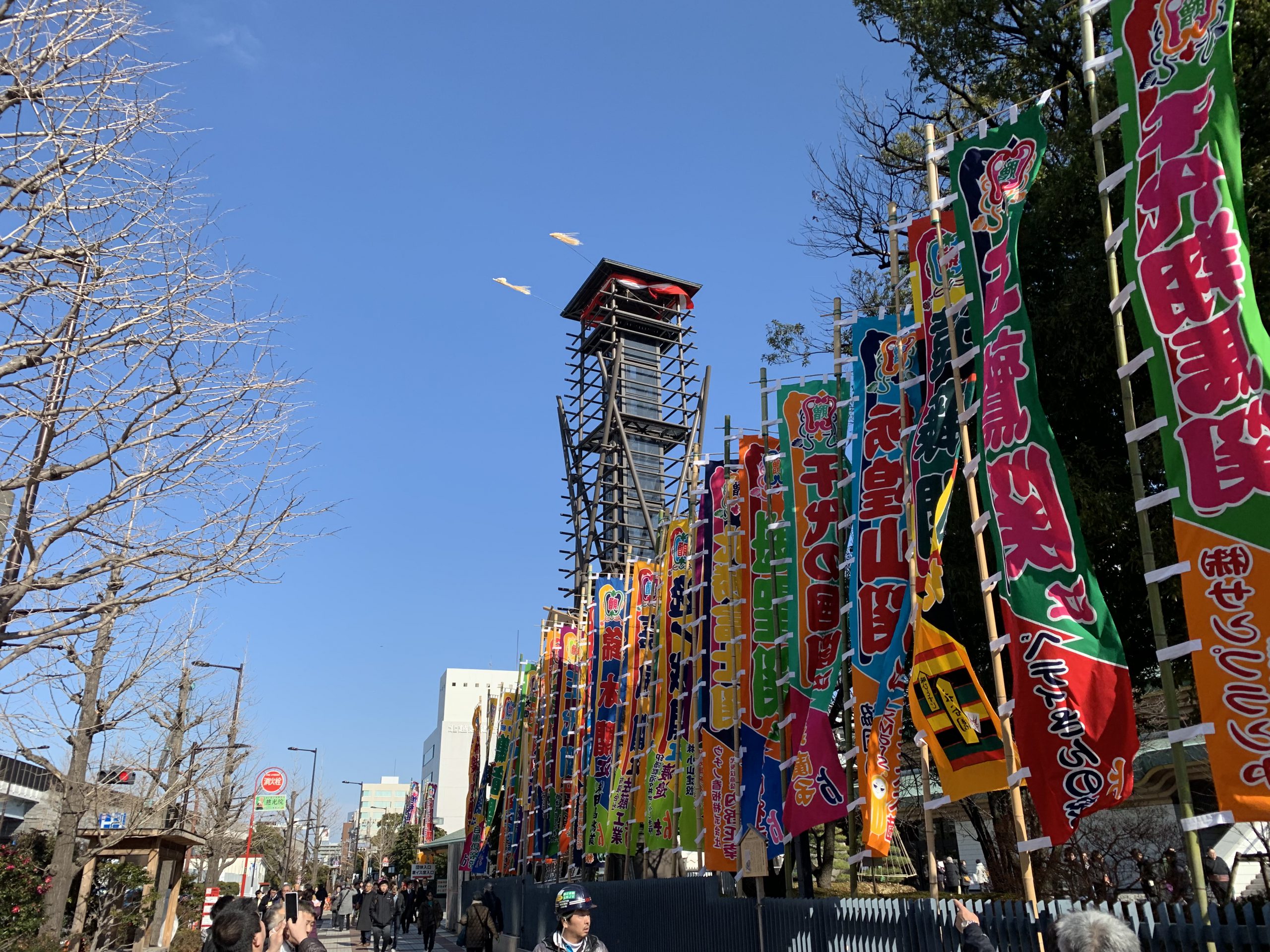
Location: 1-3-28 Yokoami, Sumida-Ku, Tokyo
Capacity: 11,098
Opened: November 1984
Basic Information
About seating grades
The first-floor seats are mainly for four people, called ”Masu-seki,” while the second-floor seats are regular chairs. ”Masu-seki” is a type of box seat where you sit on a cushion on the floor instead of a chair, in the classic Japanese style. It is very cool because you can feel the Japanese culture.
Sumo Box Seats: Masu Seki (Seats)
Food and drink allowed
Photography allowed
The sumo box seating is a unique type of seating in Japan. It is a premium seating option where one to six people can sit in one partition, take off their shoes in the Japanese style, and watch sumo in a relaxed atmosphere.
One drawback of the box seats is that each square is quite small. It's too small for four adults, so it's best to share it with two or three adults. The price of these sumo box seats is not based on the number of people or per person, but on the price per square.
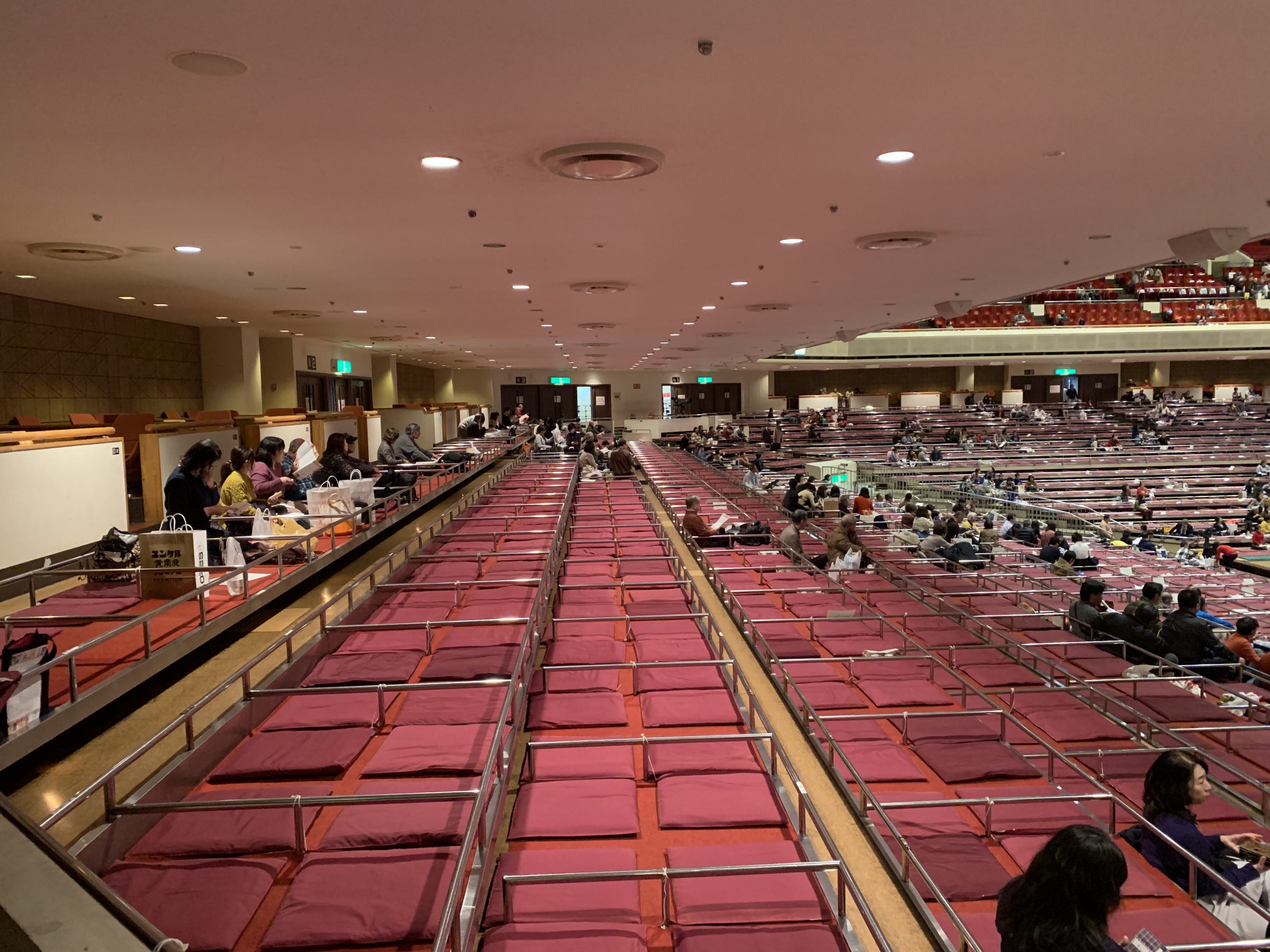
Sumo Floor Seats (Tamari Seats)
*The official website translates this area as ringside seating.
No eating or drinking.
No photos, videos, or cell phone use.
The seats on the cushions near the Sumo wrestling ring (Dohyo) are called "Tamari-seats." In the photo below, the green cushions around the ring (Dohyo) and the red cushions behind them are Tamari seats. These seats are very close to the ring (Dohyo) and are very attractive, but there are many prohibitions.
Eating and drinking are not allowed in these seats. Taking pictures (both camera and cell phone) and talking on cell phones are also prohibited.
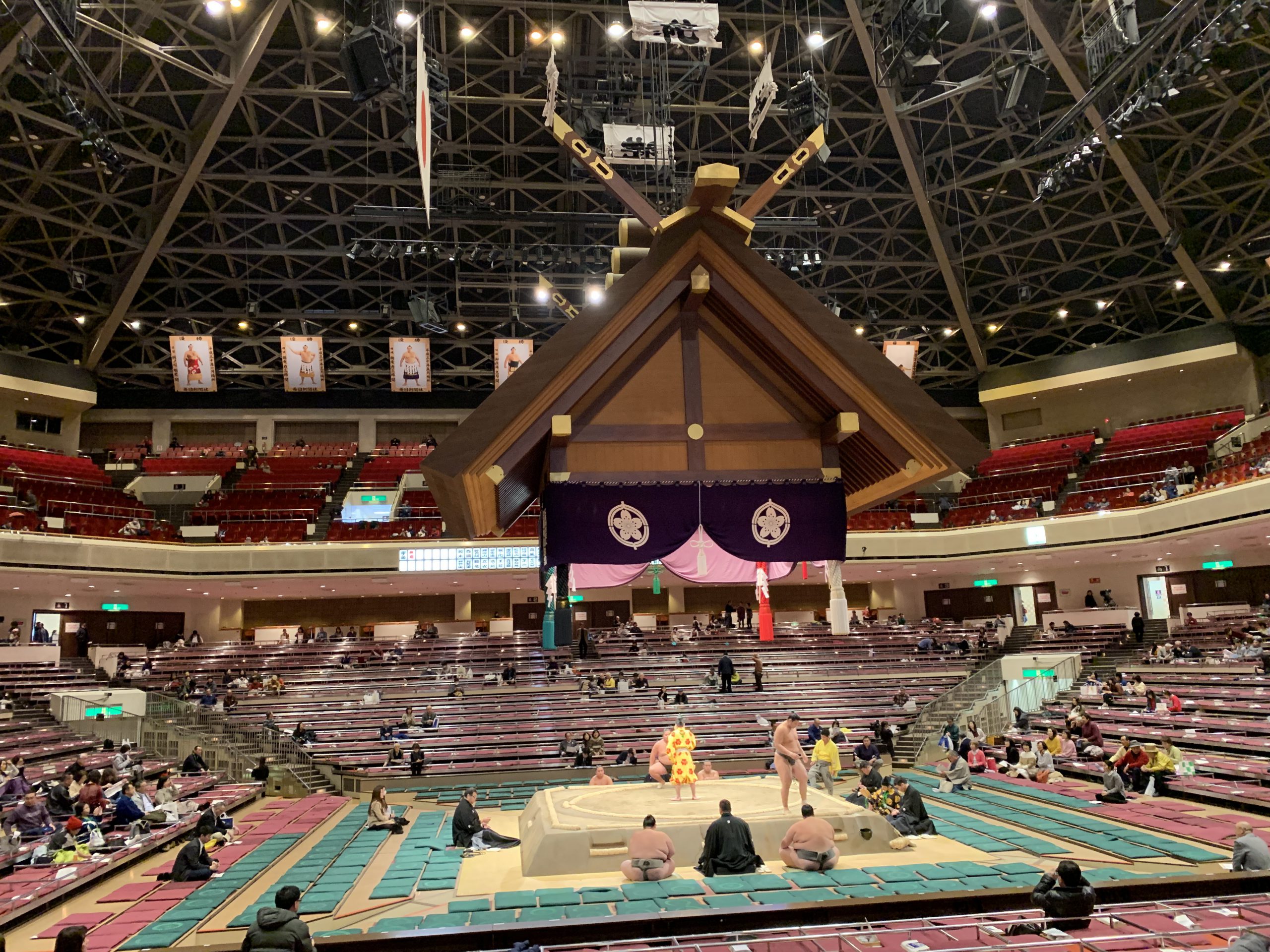
The second-floor seating level
Category "S" / Row 1 to 3
Food and drink allowed
Photography allowed
The second-floor seats are all chairs. If you have a hard time sitting on the floor, the second-floor seats are better for you. Starting in 2020, the second-floor seat category will be changed, and the first to third rows, which used to be the "A" category, will now be called the "S" category.
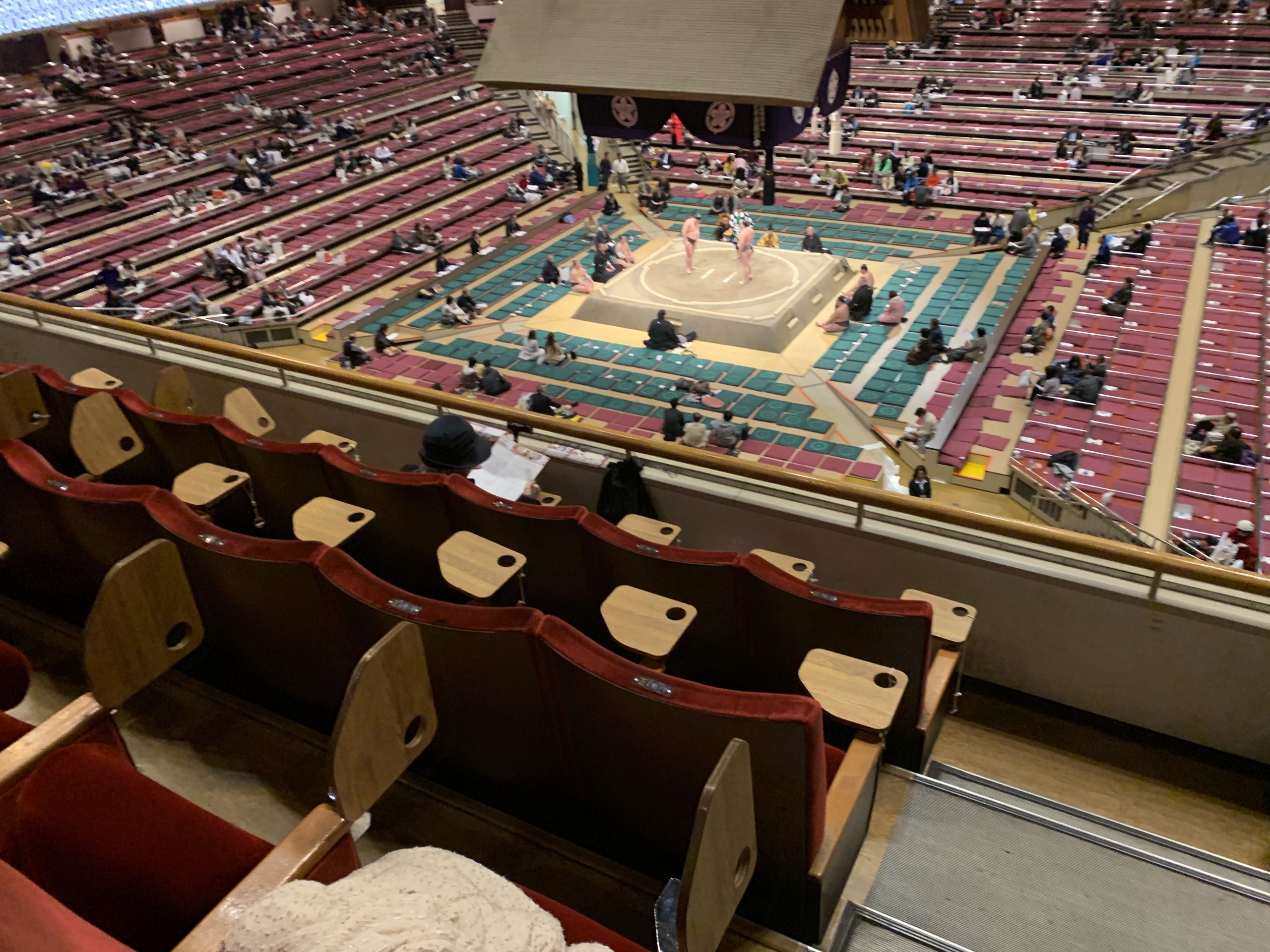
Category "A" / Row 4 to 6
Food and drink allowed
Photography allowed
Rows 4 to 6 of the second-floor seats are in the A category. Both S and A seats have a small table attached to the chair, so you can use the table for eating.
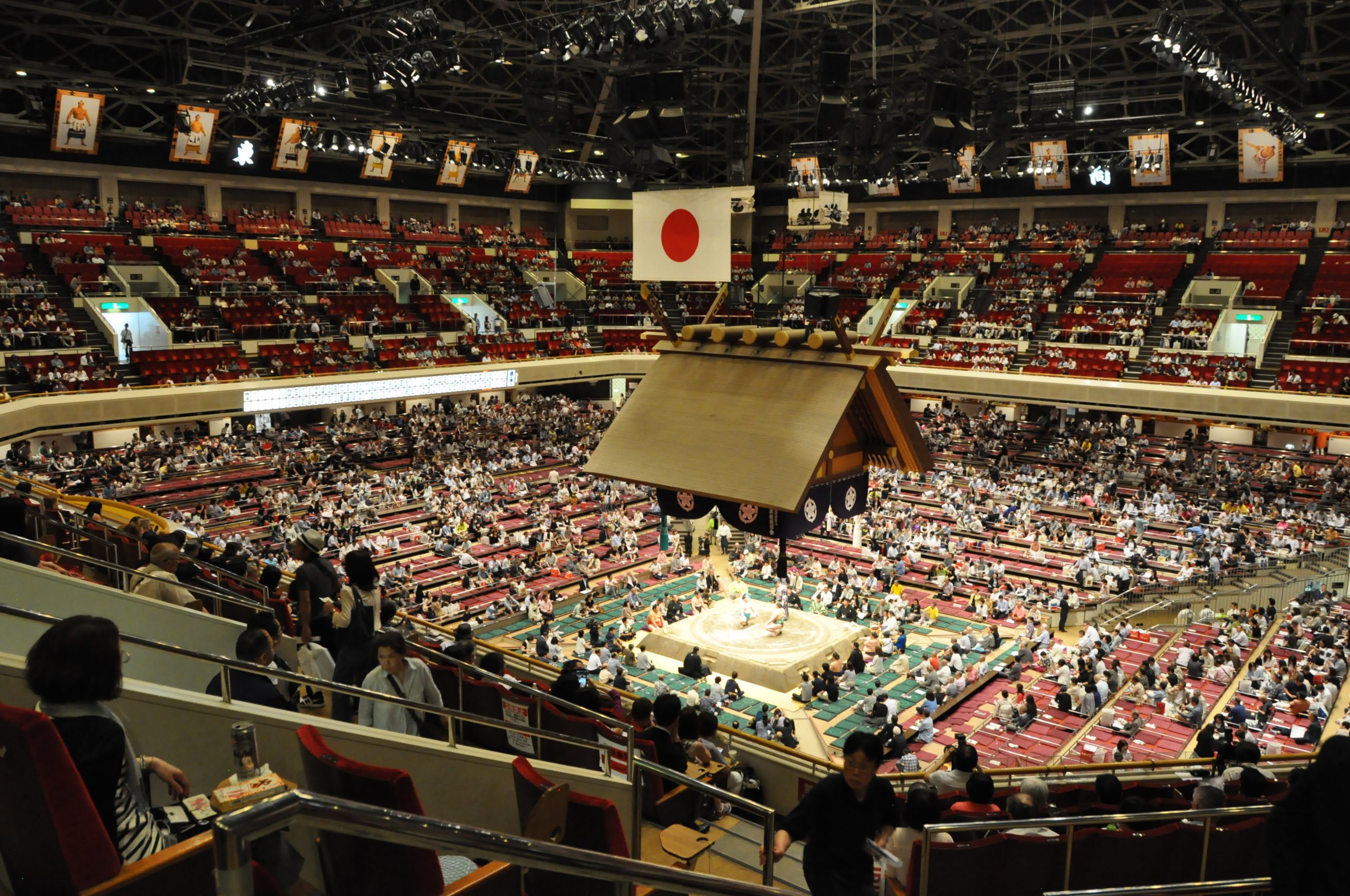
Category B / Row 7 to 11
Food and drink allowed
Photography allowed
Rows 7 to 11 of the second-floor seats are in the B category. The chairs' quality is not much different, but they do not have small tables like the S and A seats.
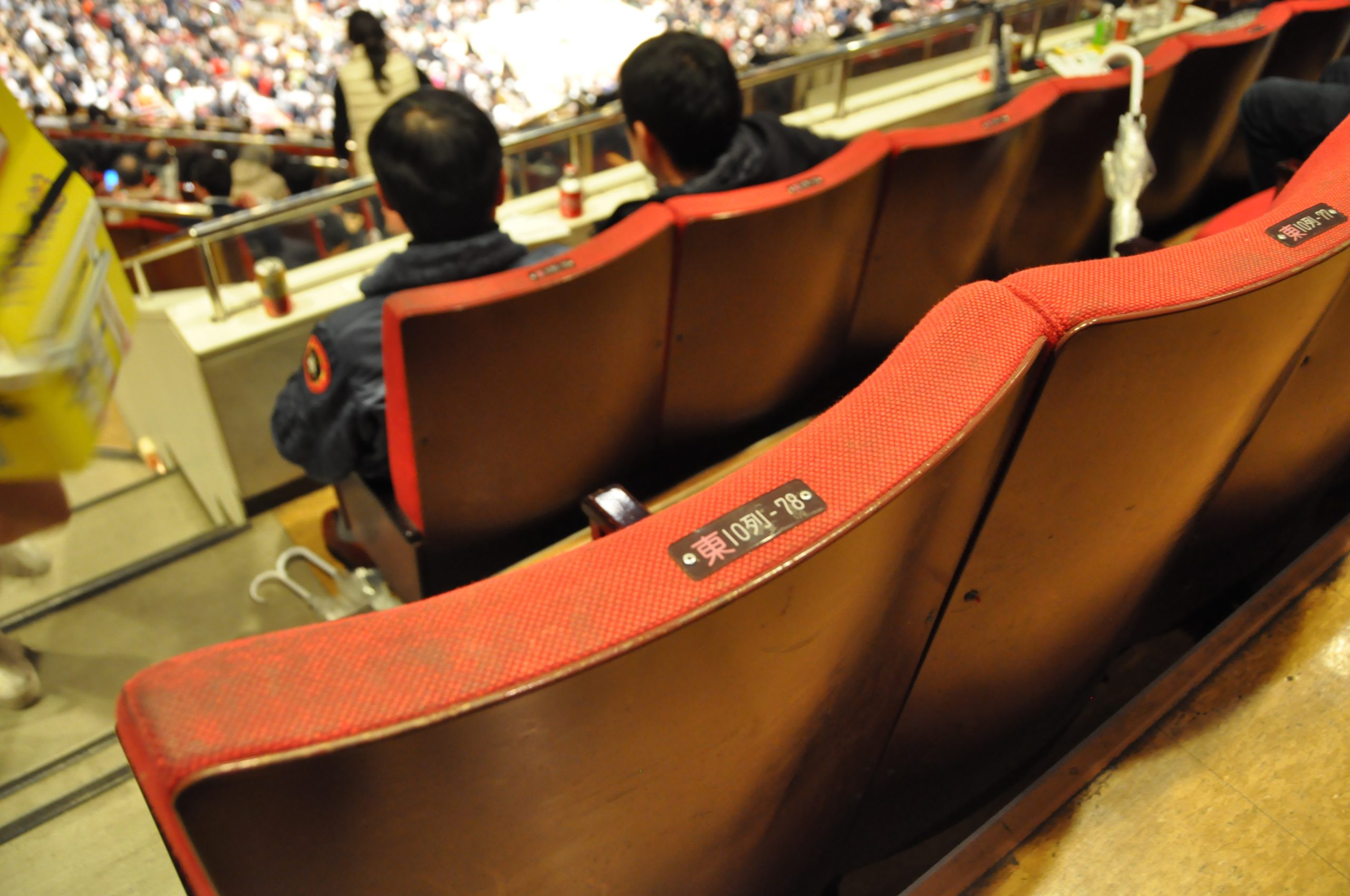
Category C / Row 12 to 13 and only Row 14 of the front (Main) side stand.
Food and drink allowed
Photography allowed
These seats are at the top of the second floor of Kokugikan as reserved seats.
The C category chairs do not have armrests, and the quality of the chairs is slightly lower than the S, A, and B seats.
*In addition to these seats, there are also "non-reserved seats (G.A)" that can be purchased at the Kokugikan ticket office only on the day of the event, but since they are few in number and difficult to purchase, we will not introduce them here.
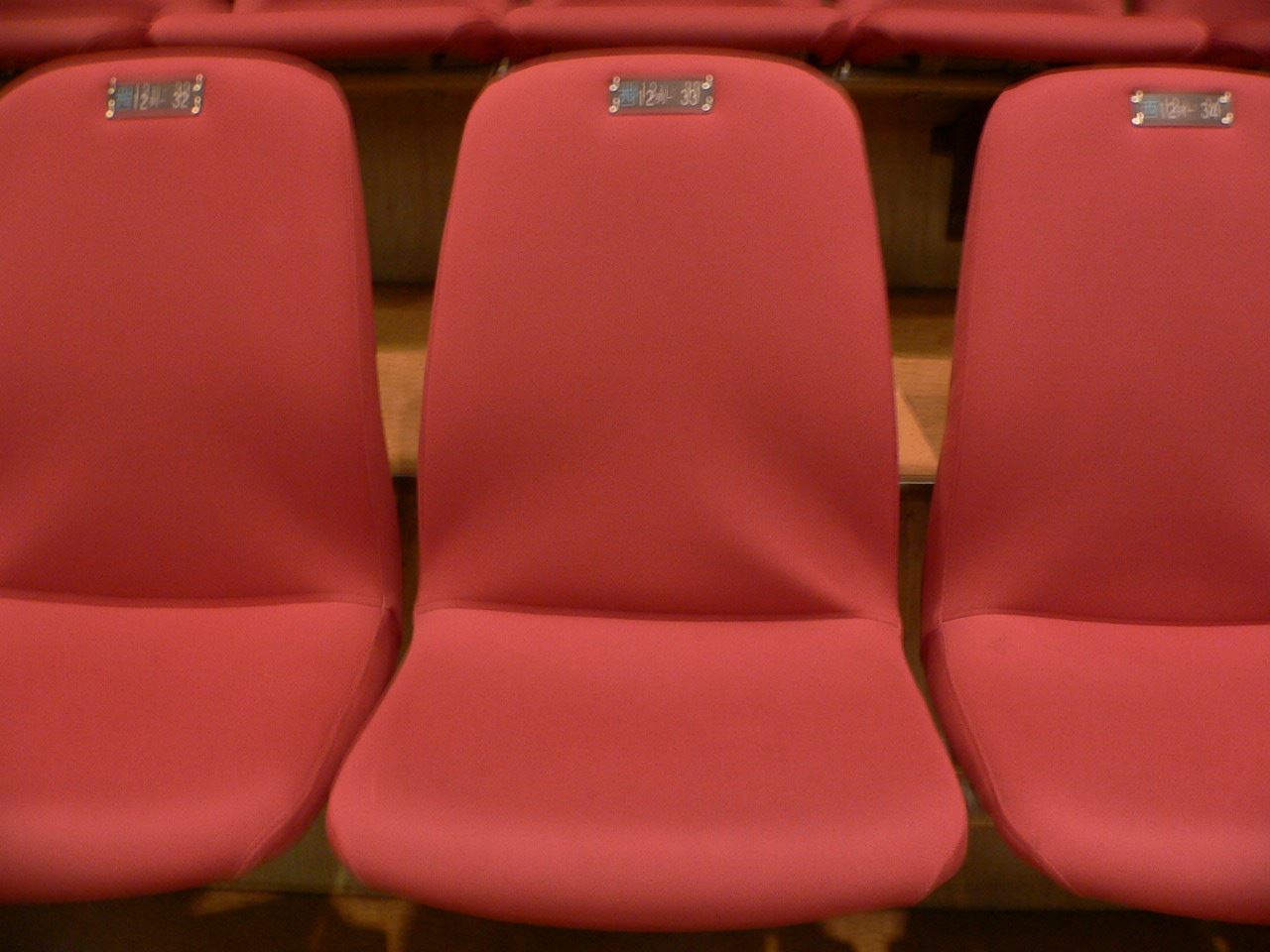
Seating Location
Since Ryogoku Kokugikan is a square building, the seating area is divided into four sides: "Main (Shomen)," "Opposite (Muko-Jomen)," "East," and "West."
In the Grand Sumo Tournament, the sumo wrestlers are divided into East and West to fight. (There is a long history behind why wrestlers fight on the east and west sides, but I won't go into it here.:))
Main (Shomen) side
The main side seating area is where you can see the Gyoji's (referee's) face in front of you. This is the same side you see on TV. The front side is the best seating location for watching sumo. The Royal Box is on the second floor of the main side.
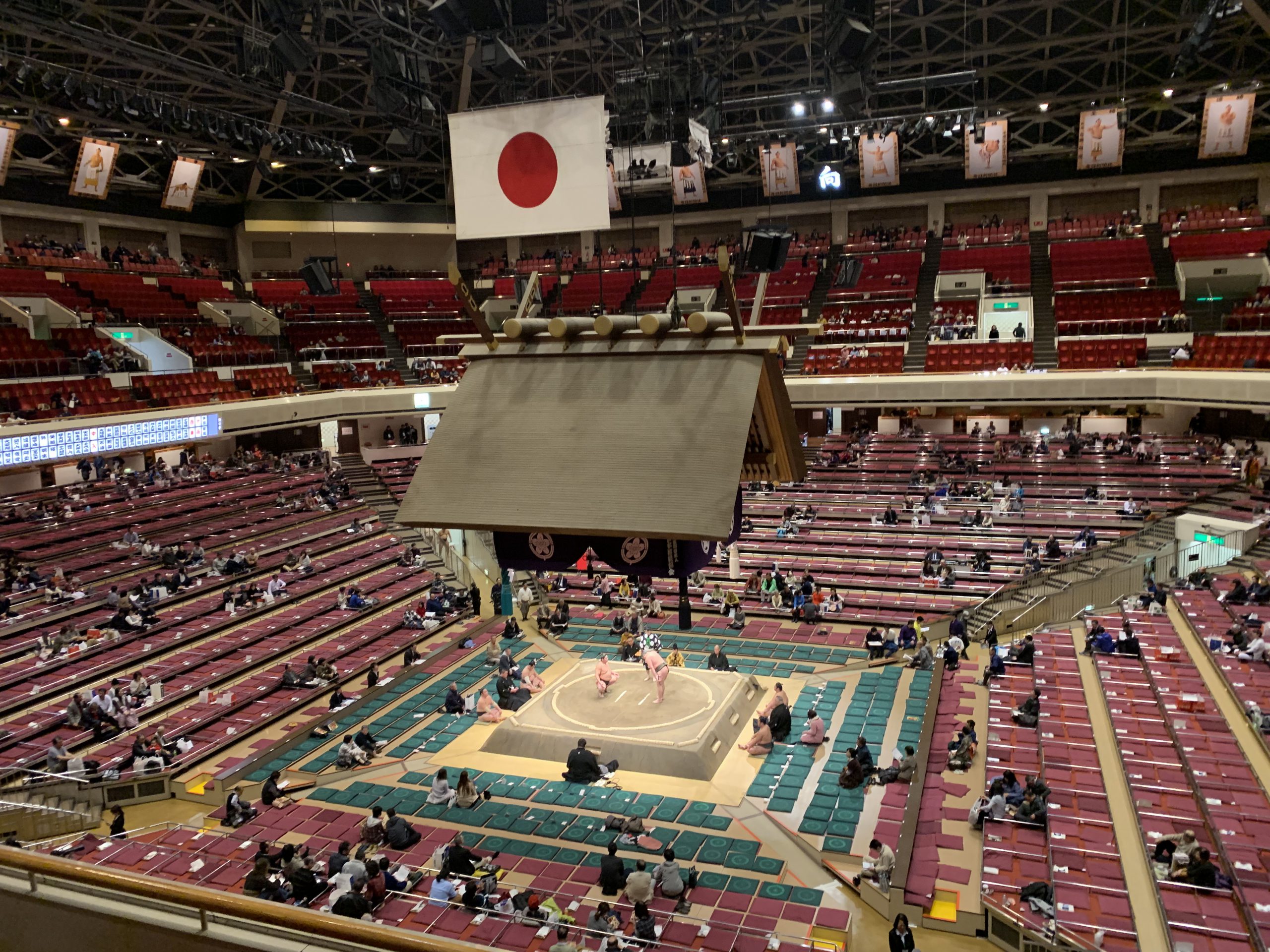
Opposite side (Muko-Jomen) side
The opposite side seating area is on the opposite side from the front, looking at the gyoji (referee) from behind.
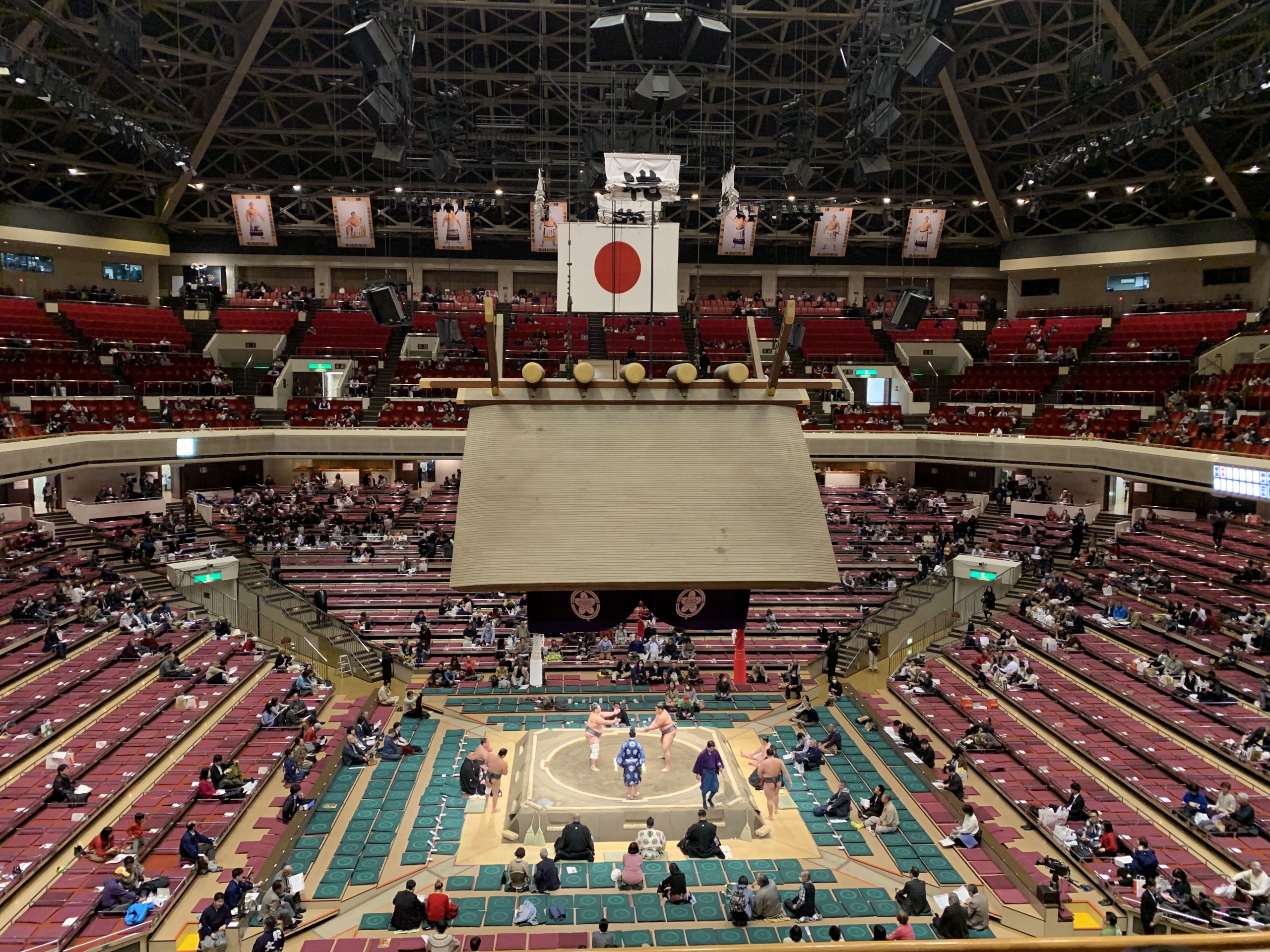
Eastside
The east side seating area is the side where you can see the gyoji (referee) standing on the left side of the ring (dohyo) and see the sumo wrestlers' backs on the east side.
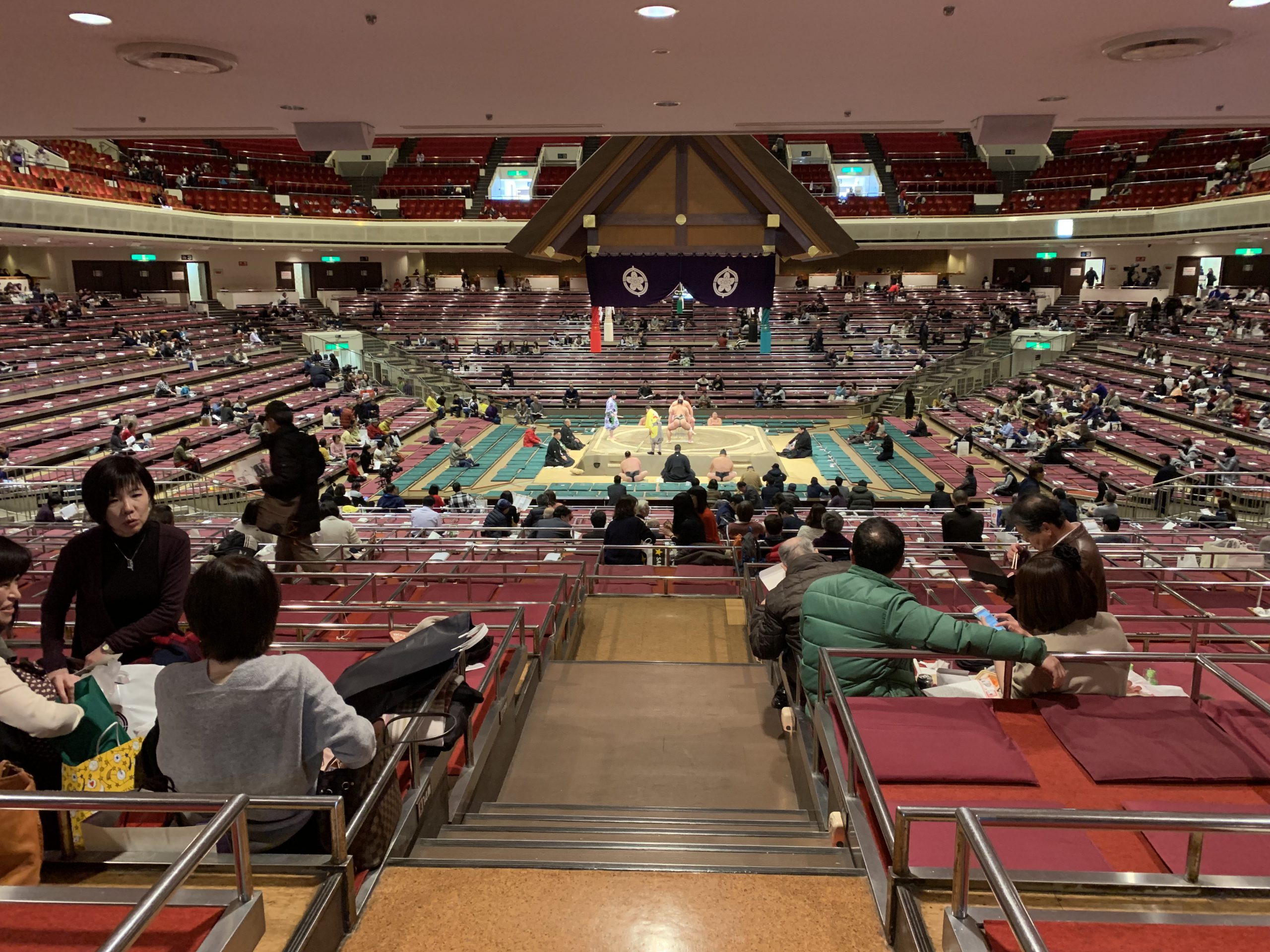
Westside
The west side seating area is the side where you can see the gyoji (referee) standing on the right side of the ring (dohyo) and see the sumo wrestlers' backs on the west side.

Meet the Sumo Wrestlers at the stage door
The Grand Sumo Tournament starts early in the morning. The top-ranked(Maku-uchi) sumo wrestler (Rikishi) arrives at the arena as their bout (match) is approaching. Therefore, while you are inside the arena watching the Juryo (the second-ranked) matches and other events, the top-ranked (Maku-uchi) sumo wrestlers enter the arena. Sumo wrestlers generally walk in from the south entrance of the Ryogoku Kokugikan, so you might want to line up as shown in the photo below to meet them up close.
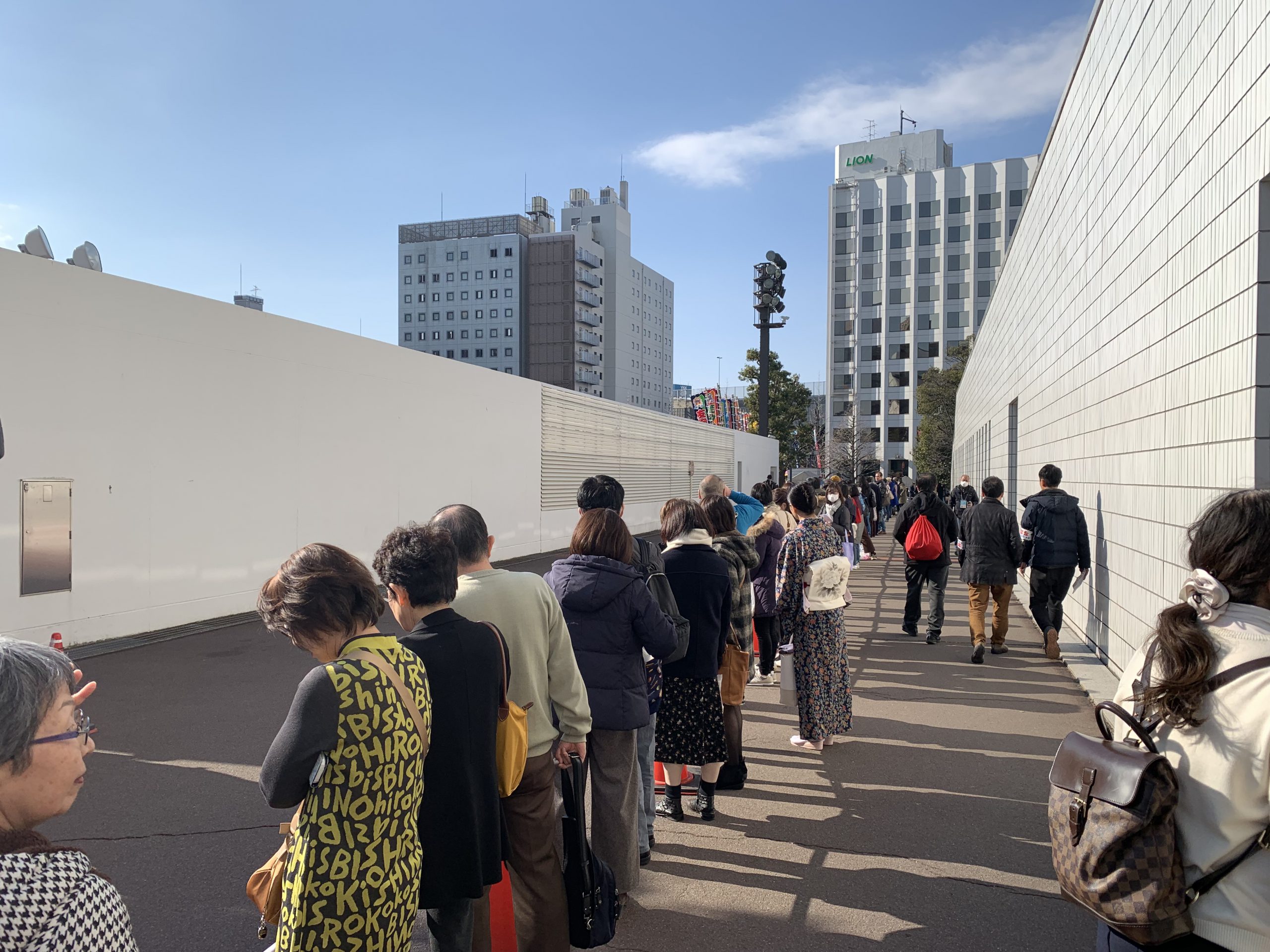
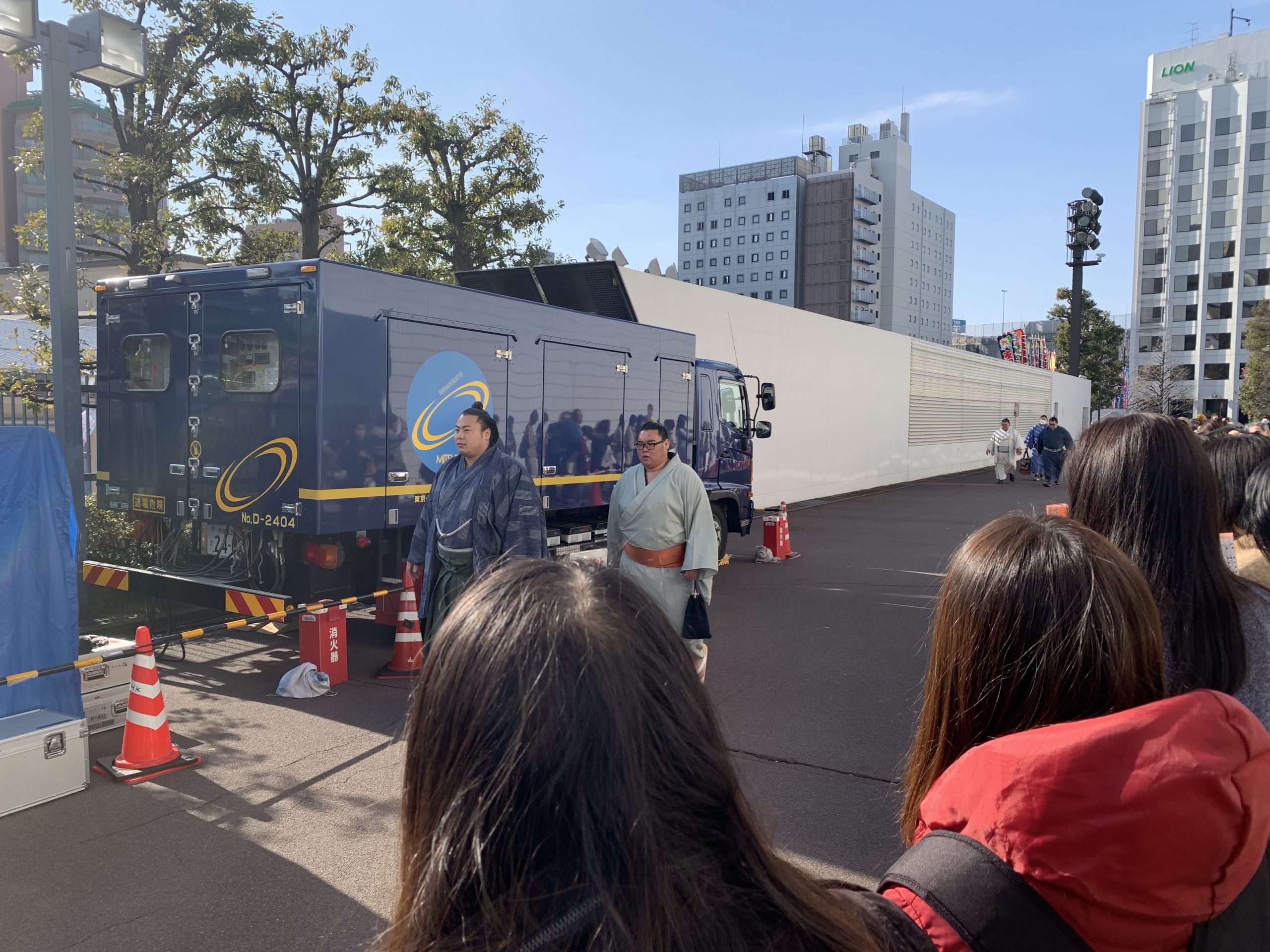
Explore Tokyo
Travel Tips & Information
Here is the basic information about Tokyo as a reference for planning your trip.
In a big city like Tokyo, there are just too many options for transportation, hotels, sightseeing attractions, restaurants, and so on. If you let us help you, we can suggest some travel plans that suit your purpose, taste, and budget. Please feel free to contact us.
We have divided the venues in Tokyo into areas to present them to you regionally, but when it comes to getting around within the 23 wards of Tokyo, no matter where you are staying, it is relatively easy to get anywhere. The Yamanote Line loops through the Tokyo metropolitan area, the Chuo and Sobu Lines run east-west, and the Keihin-Tohoku Line runs north-south. Subways and private railways also cover the entire 23 wards of Tokyo, making it very convenient. It is a good idea to use a smartphone to look up transit information as you move around.
This area has a relatively large number of places for backpackers to stay in the Asakusa and Ueno areas of Taito Ward. There are also many business hotel-type hotels, so few visitors stay in this area for sightseeing trips.
The biggest and most famous station in this area is JR Ueno Station. There are many zoos and museums in Ueno Park, so it is easy to get to them. There is also a bus service from Ueno Station to the Skytree area, and the Ginza Line makes it easy to go to Asakusa.
Japan is a rainy country. Also, depending on the season and weekends, tourist spots in Tokyo and the suburbs can be very crowded with people. So, it is a good idea to have a second plan for such situations so that you can enjoy sightseeing without wasting time. Especially if you plan to go sightseeing and the game, it is essential to have a smooth schedule.
There is an unbelievable number of restaurants in Tokyo. So it depends on what you want to eat. We can't possibly recommend all of them, so you may want to do your own Internet search or ask your hotel concierge for recommendations. Of course, we can also suggest an itinerary that includes restaurants to suit your tastes. Please feel free to contact us.

